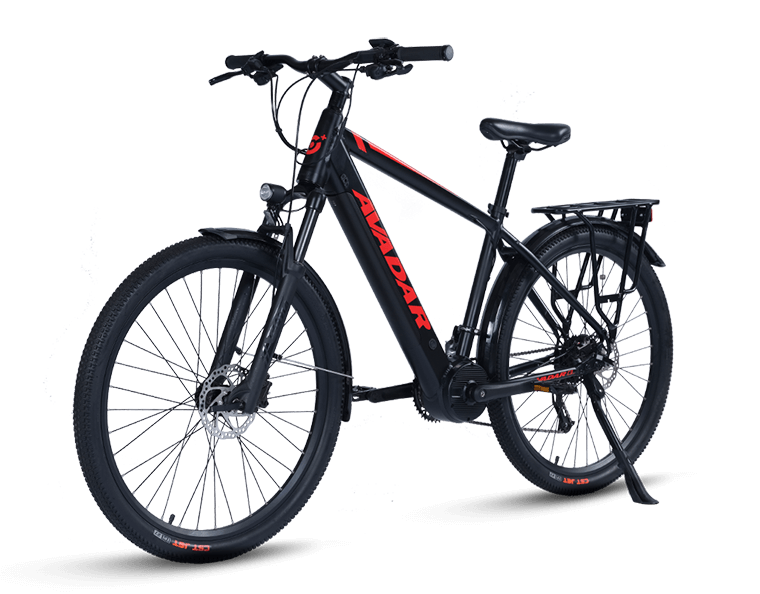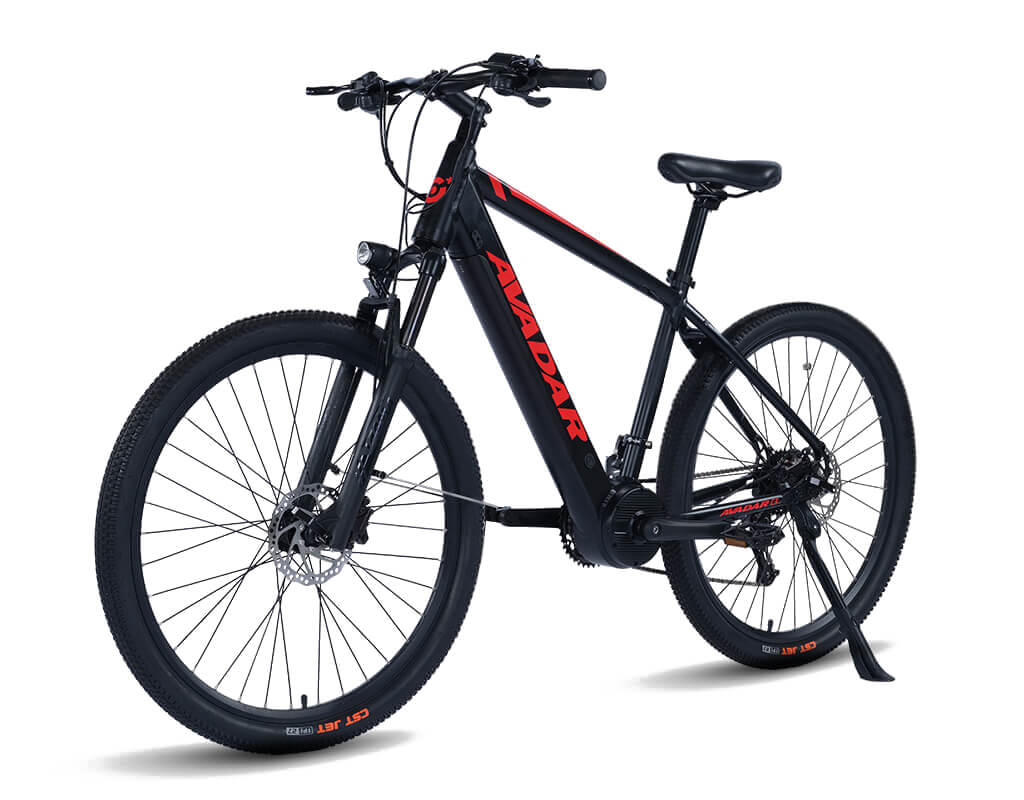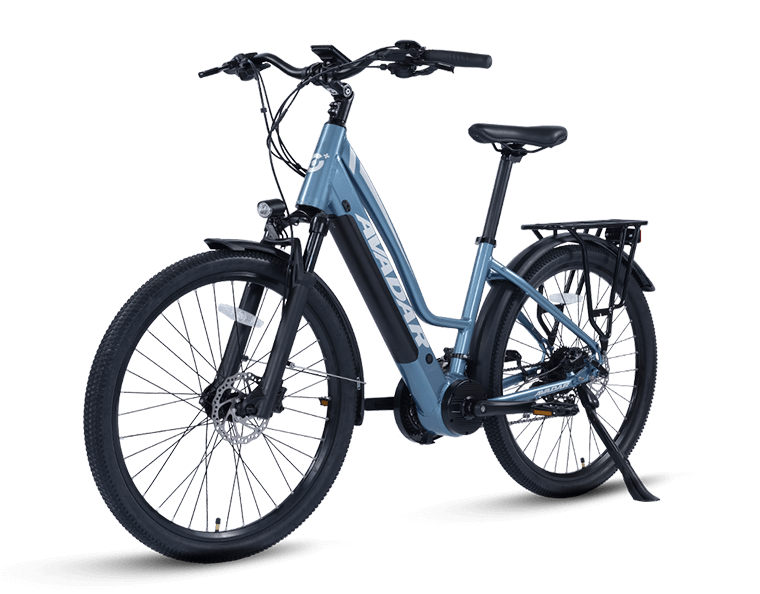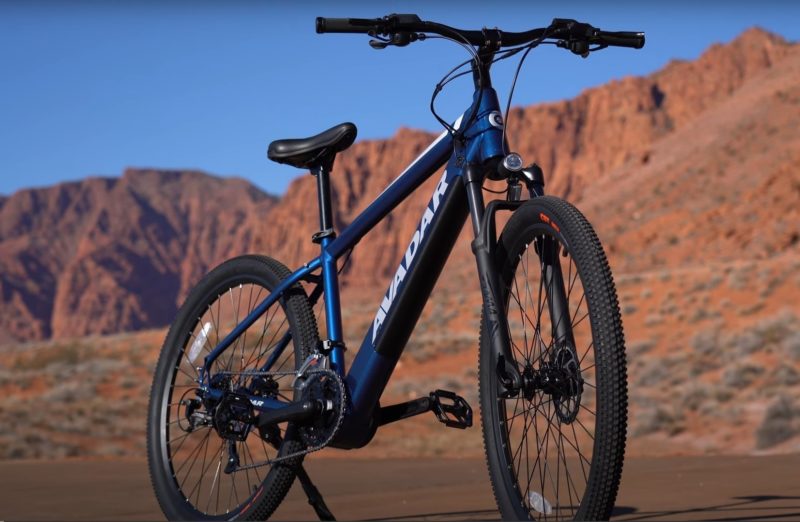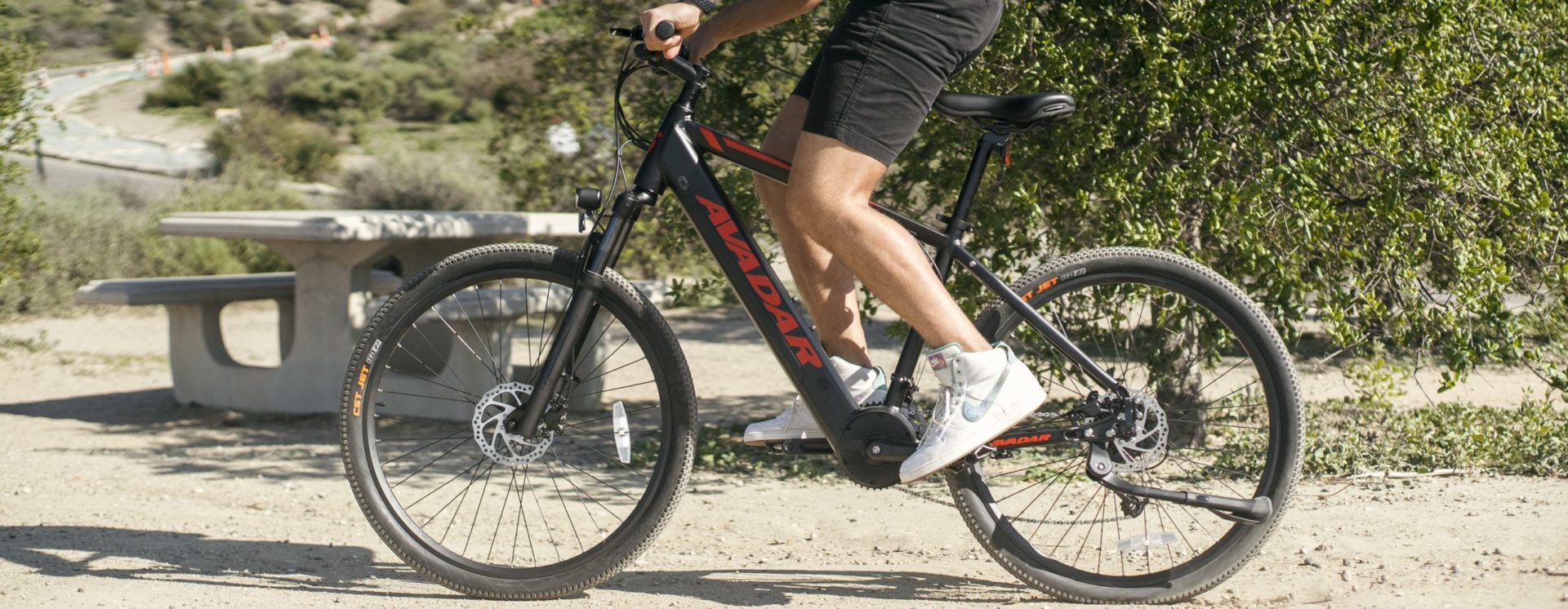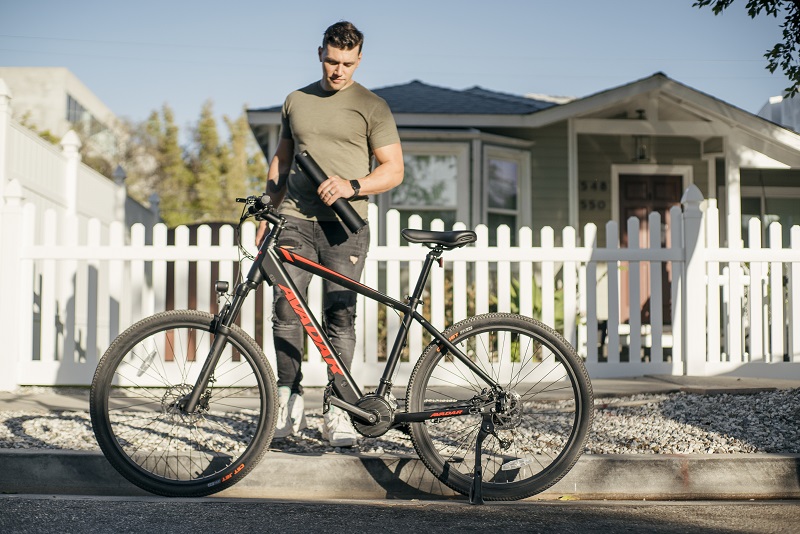
Is 250W enough power for an electric bike?
Next to speed, performance is probably the hottest topic – and selling point – in the world of electric bikes.
Conventional wisdom holds that more power is better than more watts. But if that’s the case, why do so many high-end e-bikes seem to have smaller motors – and is 250 W enough power for an electric bike?
There are a few factors that dictate how many watts an e-bike needs, from the type of motor used to how the e-bike was designed. It’s also helpful to understand what manufacturers describe when they talk about motor power, and how U.S. law dictates how powerful an e-bike can be. In this post, we’ll go into these details and more.
But here’s a short answer that’s sure to cause some buzz: Yes, we’ve found that 250 W of power is sufficient for many e-bikes. There are some caveats to this statement, but by and large, a 250 W motor is sufficient to help the rider pedal. Remember that an e-bike is still a bicycle – by definition, at least some physical effort is required.
When is 250 W enough? Mid-drive vs. hub motors
Power is all the rage right now, especially if you want to buy an affordable e-bike.
But a higher wattage doesn’t always equate to a faster e-bike. Some of the most powerful e-bikes we tested had 250-W motors. It just depends on how the power is transferred to the ground.
There are two types of motors found primarily on e-bikes: Hub-drive motors, which are laced into the rear or front wheel, and mid-drive motors, which sit between the crank arms in the bottom bracket of the frame. While e-bike motors are complex technical entities with an entire article dedicated to them, we can make some general statements that will help you understand the pros of each motor.
Mid-drive Motors: when 250W is enough
- Many, many mid-drive e-bike motors are rated at 250W. And most often, these motors drive e-bikes that are among the most powerful and powerful on the market. E-bike motor manufacturers, who are leaders in the field of e-bike performance, make high-performance 250W motors.
- Mid-drive motors make more power from fewer watts by taking advantage of the bike’s drivetrain. The bike’s power, torque, and speed change depending on the gear selected, making them optimal for high-performance e-bikes such as commuter e-bikes, step-thru bikes, e-MTBs, and others.
- Because of the lower wattage, the motors require smaller batteries and are often much lighter.
- This power and efficiency often come at a higher price. Mid-drive motors are often found in e-bikes that cost several thousand dollars, but not our e-bikes!
- Manufacturers are very good at building 250W mid-drive motors specifically for certain applications, such as high-torque motors for e-bikes and high-speed motors for commuters.
Hub Motors: More watts are better (most of the time)
- For hub motors, e-bikes usually bump up against the allowable motor size of 750W. Although more powerful on paper, hub motors – which are usually installed in the rear wheel – do not transfer power through the gears and require much more energy to achieve a similar effect as mid-motor drives. Because of the difference in power transfer, a 750-watt hub motor and a 250-watt mid-motor are much more comparable in practice than they appear on paper.
- These motors require larger batteries and generally result in a heavier bike.
- Hub motors are probably the most popular choice, simply because they are often a bit cheaper than mid-mounted motors.
- 250 W on a hub-drive city bike that is light and intended to be ridden in the apartment is probably adequate, while 750 W is more appropriate for an electric hub-drive fat bike that weighs more than 70 pounds and is built to tackle difficult or hilly terrain.
Thanks to EBR for the provided information.
You might Also like

30 Tips for Cyclists That Will Make Riding More Fun
Is cycling the most difficult sport in the world? Definitely not. However, there are quite a few variables in this difficult subject and even more unenlightened novice cyclists.
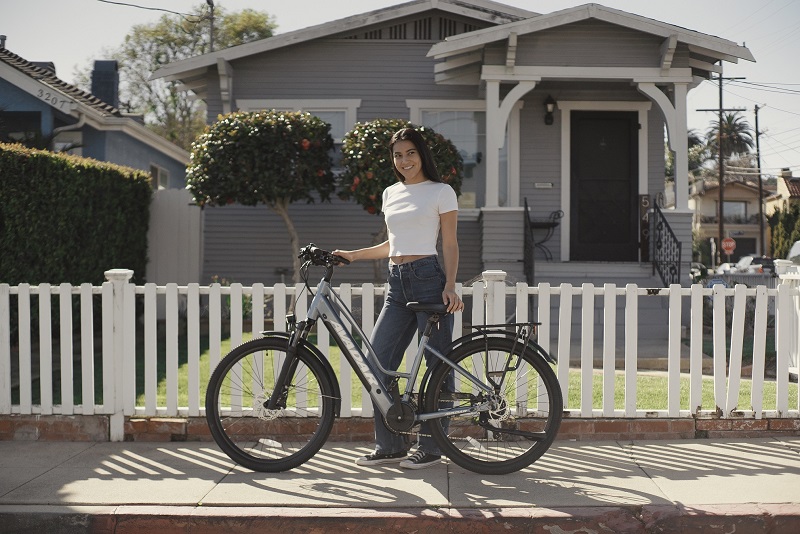
Choose Electric Bike for Women Wisely: 7 Bikes Types and 3 Best Principles
The electric bike for women is a reliable and ergonomic vehicle, which is not inferior to the male models in terms of technical characteristics. However, there are also very significant differences that exist in the design, which takes into account female physiology.

14 Best Gifts for Cyclists in 2022
To find the best gifts for cyclists, you must first decide how advanced the cyclist is. And here in this guide, we found 14 options for your choice.
